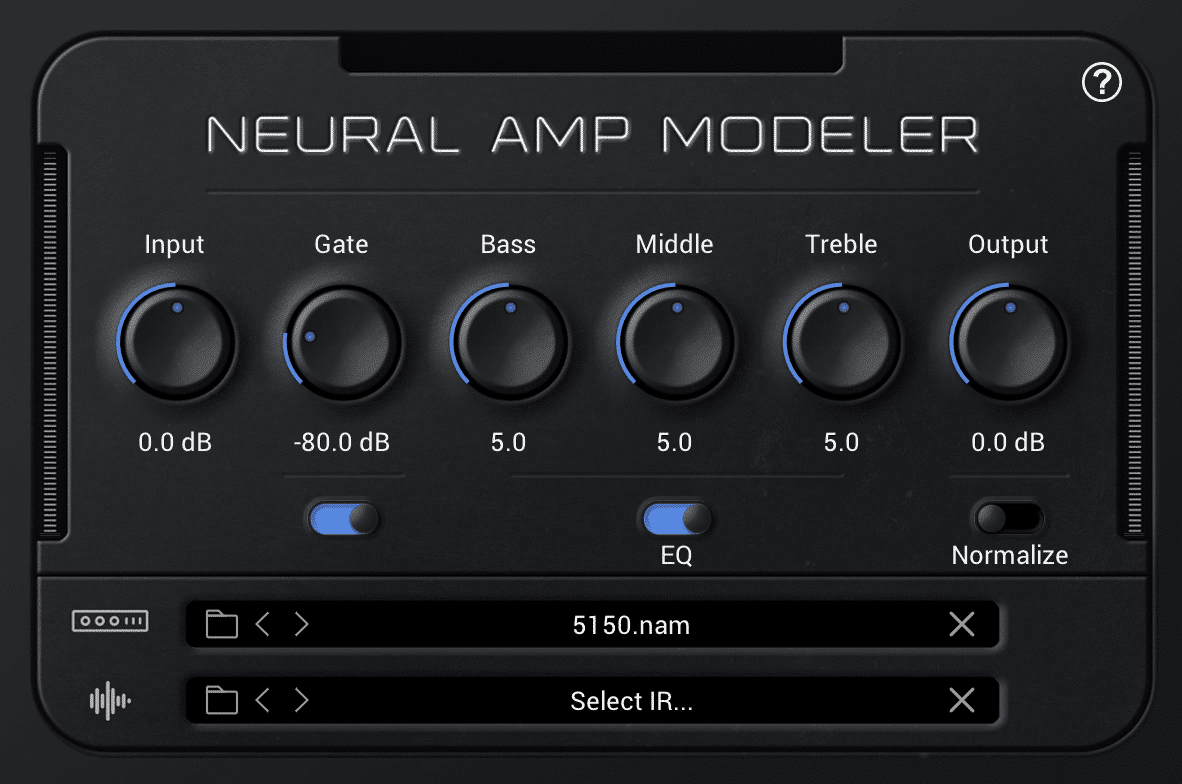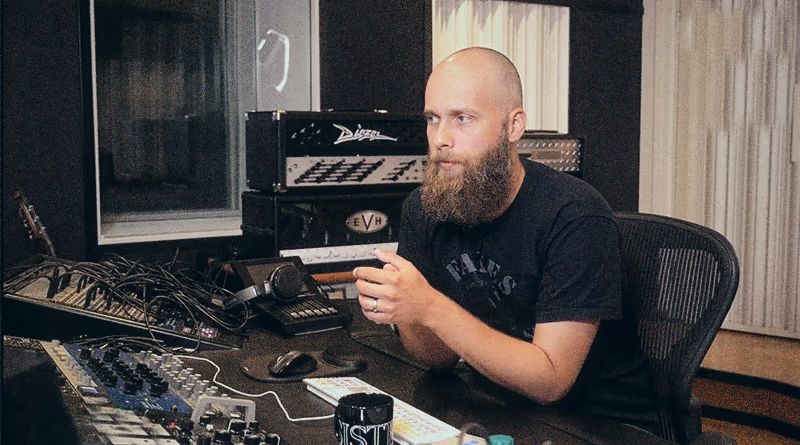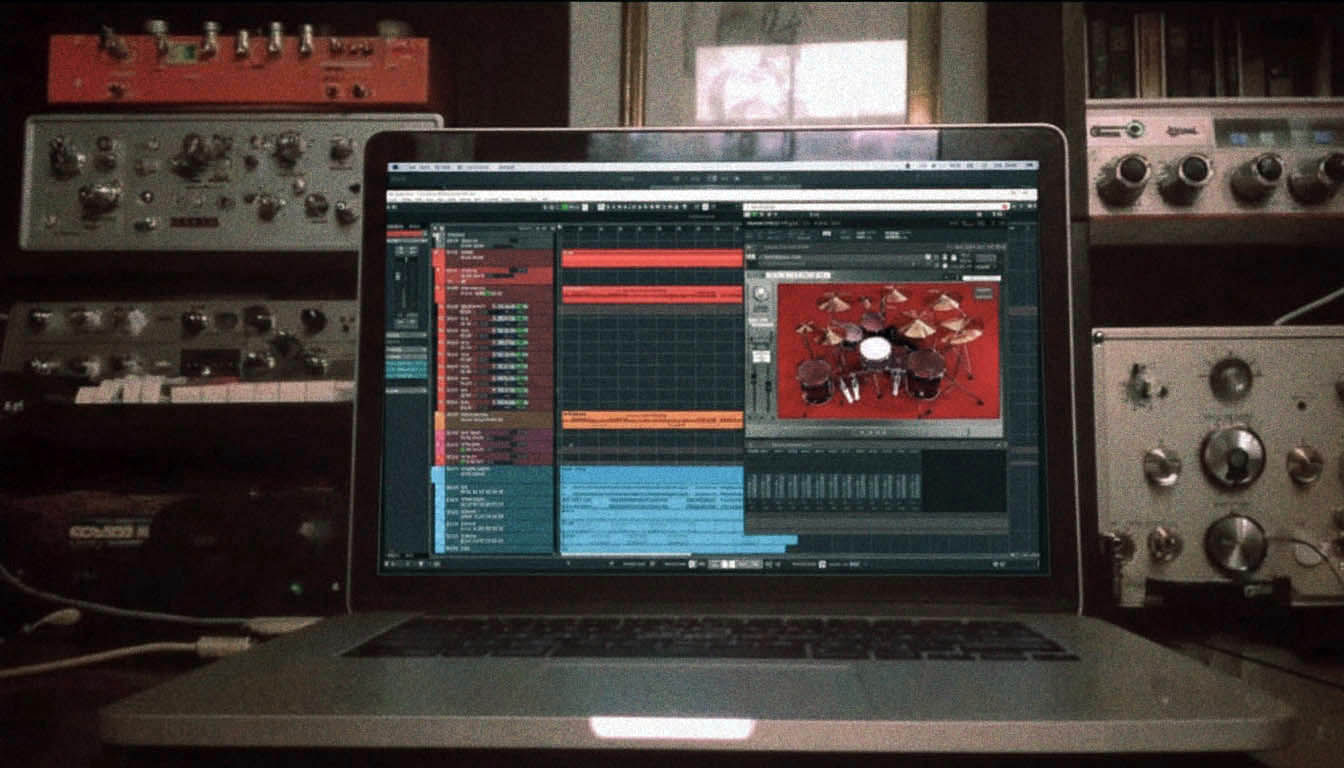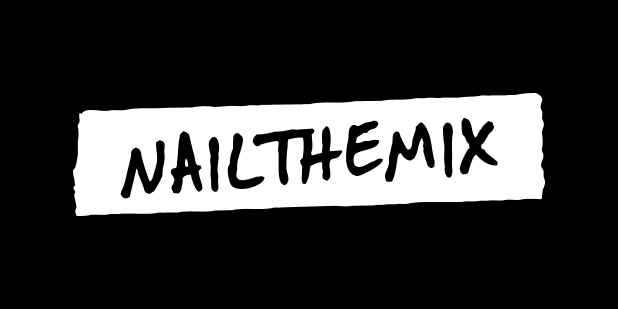
A Modern Metal EQ Cheat Sheet for Your Mixes
Nail The Mix Staff
You’re staring at your DAW. The guitars are fighting the bass, the kick drum is buried under a wall of chugs, and the vocals are just… gone. You know EQ is the answer, but where the hell do you even start? You search for an “EQ cheat sheet,” hoping for a magic list of frequencies that will solve all your problems.
Here’s the hard truth: there are no magic numbers. Every song, every instrument, and every performance is different. The EQ that works for a Meshuggah-style 8-string riff in F# will be totally different from what’s needed for a Bring Me The Horizon-style pop-metal chorus in Drop C.
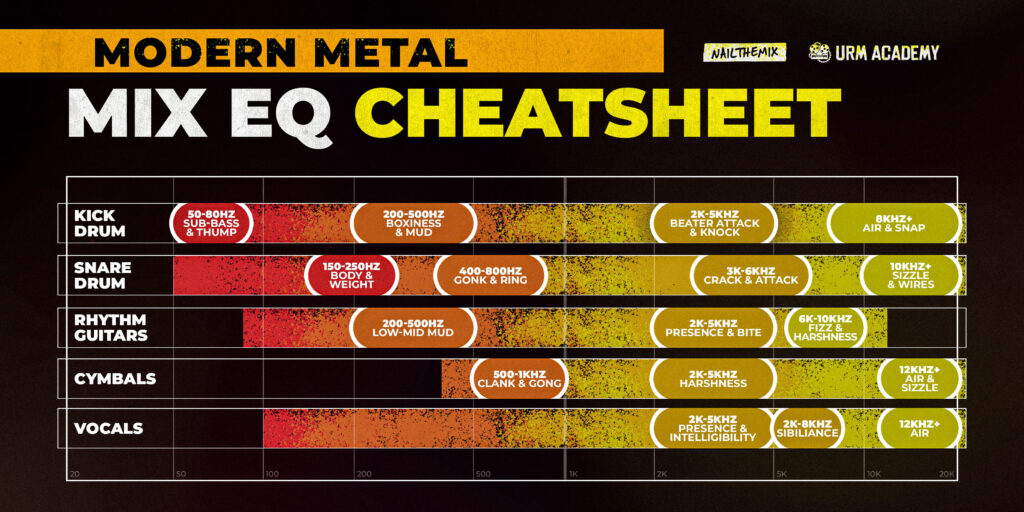
Download the Modern Metal EQ Cheat Sheet here
But don’t close the tab just yet. While there are no hard-and-fast rules, there are absolutely proven starting points—a roadmap of key frequency areas that will guide your ears in the right direction. This isn’t about memorizing numbers; it’s about understanding why certain EQ moves work in the context of a dense, polished, and brutally low-tuned modern metal mix.
Think of this as your framework. These are the areas the pros look at first.
The Only Real Rule: Use Your Ears
Before we dive in, let’s get this out of the way. Anyone who tells you “always cut guitars at 400Hz” or “always boost kicks at 60Hz” is selling you snake oil. Your most powerful tool is your ears, and context is king. An EQ curve that sounds incredible on a solo’d guitar track might sound thin and weak in the full mix.
The settings that work on a Neural DSP Archetype: Gojira preset will be different than on an STL ToneHub Will Putney preset. The key is to listen to how each instrument interacts with the others. The goal is separation and clarity, not making each track sound “perfect” on its own.
A Frequency Roadmap: The Modern Metal EQ Cheat Sheet
Okay, with that disclaimer out of the way, let’s get into the nitty-gritty. Here are the key frequency zones to focus on for each instrument in a modern metal mix.
Kick Drum: The Foundation of Punch
The kick is the heartbeat of your track. It needs to be felt and heard.
- Sub-Bass & Thump (50-80Hz): This is the air the kick pushes. A gentle boost here can add weight and power. But be careful—too much will create a muddy mess and fight with your bass guitar.
- Boxiness & Mud (200-500Hz): If your kick sounds like a cardboard box, this is the area to blame. A wide, subtractive cut here is one of the most common and effective moves in metal mixing. It cleans up the kick and makes space for the bass and guitars.
- Beater Attack & ‘Knock’ (2-5kHz): This is the click. This is what helps your kick cut through a dense wall of downtuned guitars. A moderate boost here brings it forward. For ultimate control, use a dynamic EQ like the FabFilter Pro-Q 3 to boost this range only when the kick hits, avoiding adding constant harshness to the mix.
- Air & Snap (8kHz+): Don’t sleep on the high end. A little shelf boost way up here can add a touch of crispness and help the kick feel polished.
Snare Drum: Body and Crack
The snare needs to have impact and cut through everything without taking your head off.
- Body & Weight (150-250Hz): This is the fundamental “thwack” of the snare. If it sounds thin, a small boost here can add some authority.
- ‘Gonk’ & Ring (400-800Hz): Annoying ringing overtones often live here. Sweep around with a narrow Q (a tight bandwidth) to find the offending frequency, then make a surgical cut to remove it without gutting the snare’s tone.
- Crack & Attack (3-6kHz): This is the sharp transient that gives the snare its aggressive snap. This is a great area to boost to help it compete with cymbals and hi-gain guitars.
- Sizzle & Wires (10kHz+): A high-shelf boost can bring out the sizzle of the snare wires, adding texture and excitement. Pro tip: Blend a top snare mic with a bottom snare mic (or a sample from a library like GetGoodDrums) and EQ them differently to create a composite sound with the perfect balance of body and sizzle.
Rhythm Guitars: The Wall of Sound (and How to Carve It)
Modern metal guitars are often tuned incredibly low, which creates unique EQ challenges. The key here is making them sound huge without eating the entire mix.
- High-Pass Filter (HPF): The #1 Most Important Move. Seriously. You need to cut the low-end mud from your guitars to make room for the kick and bass. Start with your HPF around 80-120Hz and move it up until the guitars start to sound thin, then back it off a bit. Even with 8- and 9-string guitars, this is non-negotiable.
- Low-Mid Mud (200-500Hz): This is the enemy of a clear metal mix. This range is where guitars, bass, and snare often clash. A broad cut on the guitars here will instantly create space and clarity.
- Presence & Bite (2-5kHz): This is the aggression zone. Boost here to emphasize pick attack and make the guitars cut. But be warned, this area can get harsh and fatiguing fast. Make small, deliberate boosts.
- Fizz & Harshness (6-10kHz): This is where that nasty, “buzzy” digital fizz lives. Like with the snare, go hunting with a narrow Q. Find those ice-pick frequencies and notch them out. This one move can make your guitars sound infinitely more expensive.
- Low-Pass Filter (LPF): The Secret Weapon. Just as important as the HPF. There’s very little useful information for a rhythm guitar above 10-12kHz—it’s mostly just fizz. Rolling this off cleans up the top end and makes room for the cymbals to shine.
The Bass and Guitar Relationship
This is the ultimate modern metal puzzle: how do you make an 8-string guitar and a 5-string bass coexist? The answer is to give them each their own space.
- Create Pockets: If you cut your guitars at 400Hz, let the bass have some energy there.
- Split Your Bass Tone: This is a game-changing technique. Send your bass DI to two tracks. On one, use a low-pass filter to keep only the sub-bass (everything below ~150Hz). On the other, use a high-pass filter to keep only the mids and grit. Now you can compress and EQ them separately. This ensures you have a consistent low-end foundation while the grit track provides the definition that helps the bass get heard on laptops and earbuds. Plugins like Neural DSP’s Parallax or Darkglass Ultra are designed specifically for this workflow.
Cymbals: From Washy Mess to Silky Sheen
- High-Pass Filter: Get rid of all that low-end kick and tom bleed. You can often set your HPF as high as 400-500Hz on overheads without negatively affecting the cymbals.
- Clank & ‘Gong’ (500-1kHz): Cymbals, especially hi-hats and chinas, can have ugly, clanky resonances. A few surgical cuts here can clean things up dramatically.
- Harshness (2-5kHz): This is the pain zone. If your cymbals are making you wince, a gentle, wide dip in this area can tame them without making them sound dull.
- Air & Sizzle (12kHz+): This is where the money is. A smooth high-shelf boost here adds that expensive, silky sheen and helps separate the cymbals from the guitar fizz.
Vocals: Cutting Through the Chaos
Whether it’s brutal screams or a soaring clean chorus inspired by pop, vocals need to sit on top of the mix.
- HPF: Always. Start at 100-120Hz to remove plosives and rumble.
- Presence & Intelligibility (2-5kHz): This is the critical range for making lyrics understandable. A broad boost here will push the vocal right through that wall of guitars.
- Sibilance (5-8kHz): Tame harsh “s” and “t” sounds here with a de-esser or a dynamic EQ.
- Air (12kHz+): For modern metalcore and genre-bending tracks, a little “pop” air can make the vocals sound polished and expensive.
Putting It All Together: The Big Picture
Always remember to EQ in context of the full mix, not in solo. Your goal is to create a balanced frequency spectrum where every instrument has its own defined space. It’s less about solo’d perfection and more about cohesive power.
Mastering these frequency zones is a huge step, but it’s just one piece of the puzzle. Combining smart EQ with strategic compression techniques is how you create a truly dynamic and powerful mix. To dive deeper into how all these elements work together, check out our comprehensive guide to metal EQ strategies.
Beyond the Cheat Sheet: Learn From The Pros Who Make The Records
This EQ cheat sheet gives you a powerful starting point. But imagine watching the actual producers behind bands like Periphery, Gojira, and Lamb of God dial in these exact sounds on the real multitracks from the album.
That’s what we do at Nail The Mix.
Every month, you get a new set of raw multitracks from a massive metal song and watch the original producer mix it from scratch in a live, multi-hour session. You’ll see not just what frequencies they choose, but why—and how they make every decision to serve the song.
Stop guessing and start learning the proven techniques behind the world’s best-sounding metal records.
Click here to get access to pro multitracks and see how the pros mix them from scratch.
Get a new set of multi-tracks every month from a world-class artist, a livestream with the producer who mixed it, 100+ tutorials, our exclusive plugins and more
Get Started for $1
